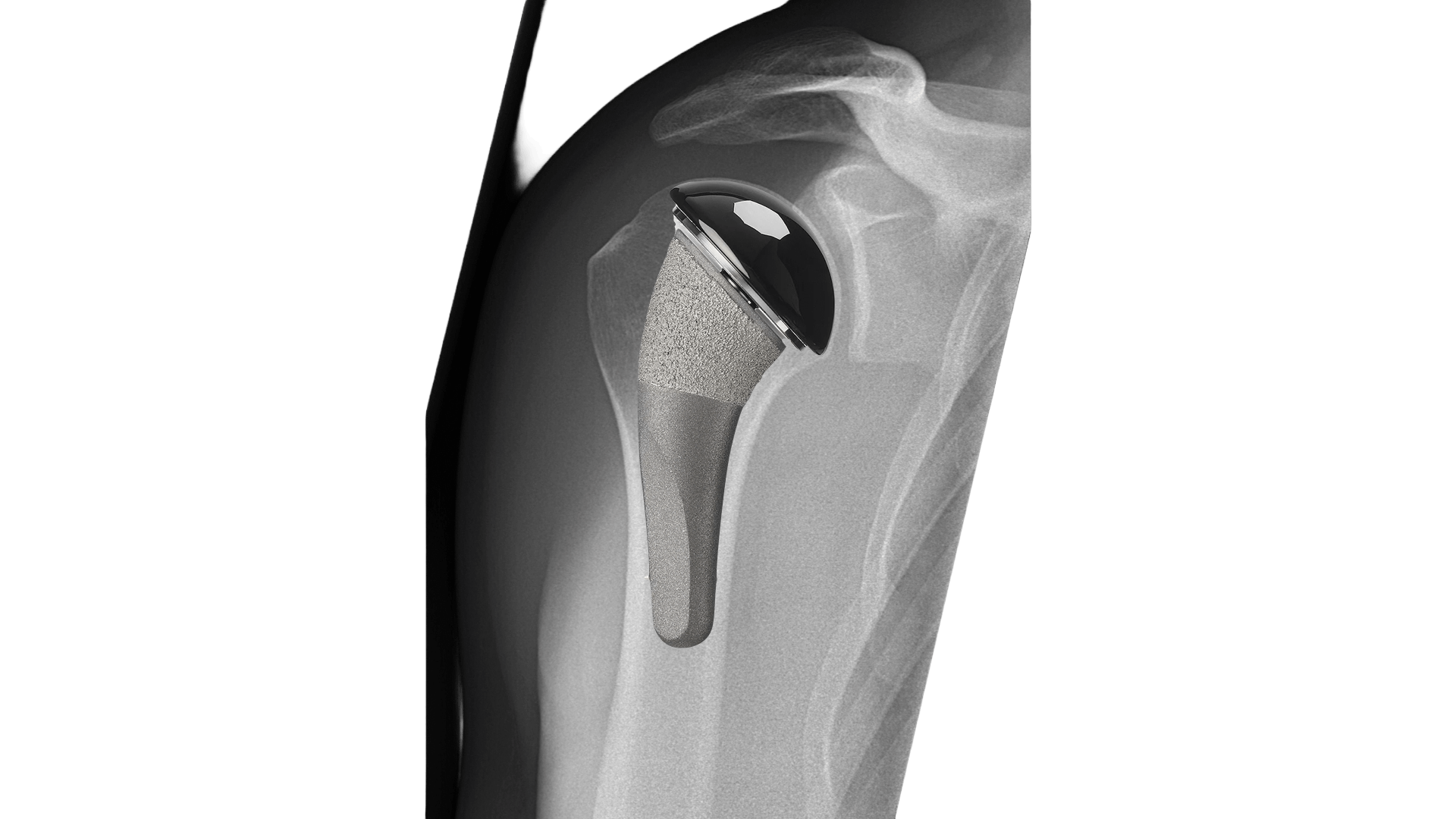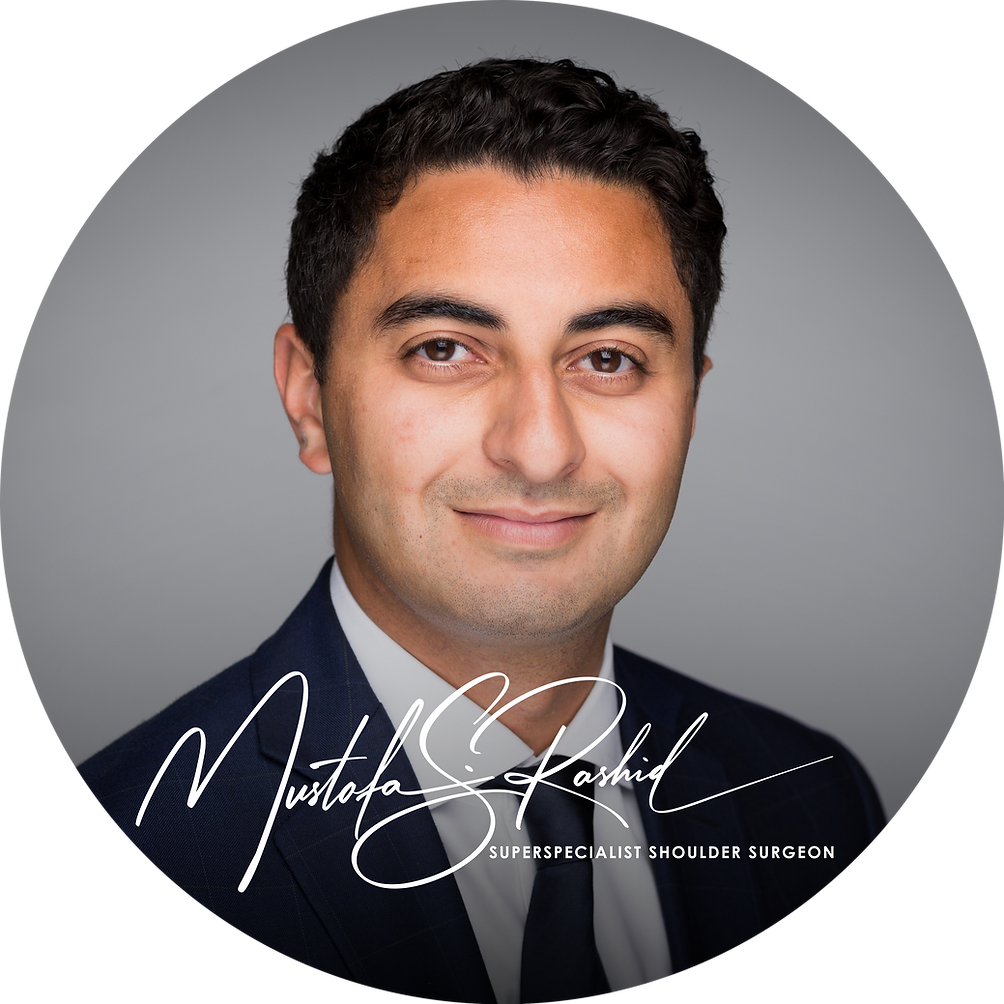Pyrocarbon Hemiarthroplasty (Partial Shoulder Replacement)

Overview
This partial shoulder replacement is offered by Dr. Rashid for certain patients, mostly because their young age means they will likely require more than one shoulder replacement in their lifetime. The pyrocarbon material is designed to reduce wear on cartilage, compared to other materials. This means that patients may benefit from having a partial replacement, without the need to implant an artificial implant to replace their socket. This technology was developed in the 1960s and has gained popularity in the shoulder due to the beneficial properties on reducing wear and the need for an implant on the socket side of the shoulder.
Indications for Surgery
The indications for this surgery as significant pain and limitation on daily activities. Your own rotator cuff tendon and muscles have be intact and working well. There should not be too much wear on the socket, needing replacement or correction. Younger, active patients, may be more suited to this type of implant, to reduce the complexity of revision surgery in the future.
Pre-Surgery Tests and Assessment
Before any shoulder replacement surgery, a variety of assessments and tests, such as X-rays, and a MRI scan and a CT scan are performed. Dr. Rashid uses software to create a 3D model of your shoulder, and determines the correct size and type of implant that best fits your shoulder.
Procedure Details
Under general anaesthesia, you will be placed in a sat up position. Your forearm is placed in a special arm holder to hold your arm in the correct position. After sterilisation of your arm, a 10cm skin incision is made at the front of the shoulder. The front tendon and associate bony attachment is then cut with a saw to allow access to the shoulder joint. The ball of the joint is removed using a saw. A titanium implant is inserted into the humerus (arm) bone and the artificial pyrocarbon ball is implanted onto this. The tendon is then reattached with ultrastrong sutures.
The skin incision is closed with stitches that are absorbable and buried under the skin. Dressings and a sling are then applied.
Risks and Complications
The risks of shoulder replacement surgery are not common. These include infection, loosening of the implants, failure of the tendons around the shoulder, a fracture around the implants, and nerve injury (very rare). No implants will last forever, and they all eventually loosen. This implant is often used in younger, active patients, that may wear out the implant sooner than older, less active patients.
Recovery and Rehabilitation
Recovery following pyrocarbon partial shoulder replacement involves wearing your sling for 4 weeks, then slowly weaning off. Physiotherapy is helpful to ensure you regain your motion and strength. It is important to ensure the tendon that was reattached at the front of the shoulder has healed before excess movement and strengthening commences. Most people continue to improve for a year after surgery, although most of the improvement occurs in the first 6 months. Pain relief is often appreciated in the first month.
Expected Outcomes
Every patient has different goals from this type of surgery. Most people will be able to live their life, free of shoulder pain, and with a functional shoulder within 3 months. This implant is often chosen by patients wishing to return to regular sports and more physically demanding activities. Most people are able to return to tennis, golf, swimming, weightlifting, and physical labour between 3 and 6 months after surgery. Dr. Rashid will follow your shoulder implant for many years to ensure it continues to work well over time.
About the Author

Mustafa Rashid
Dr. Mustafa Rashid is an award-winning, well published superspecialised surgeon from the UK, specialising in shoulders
